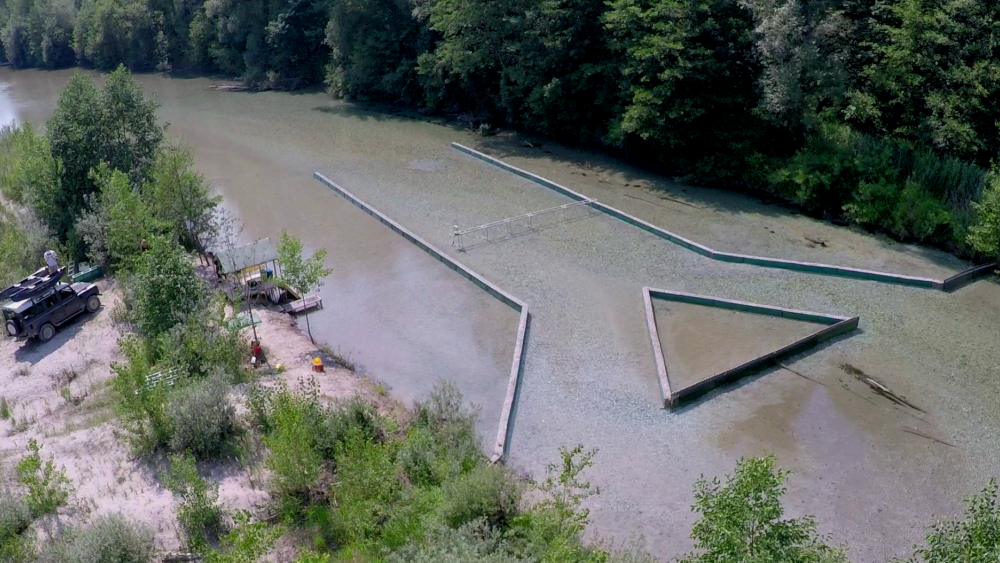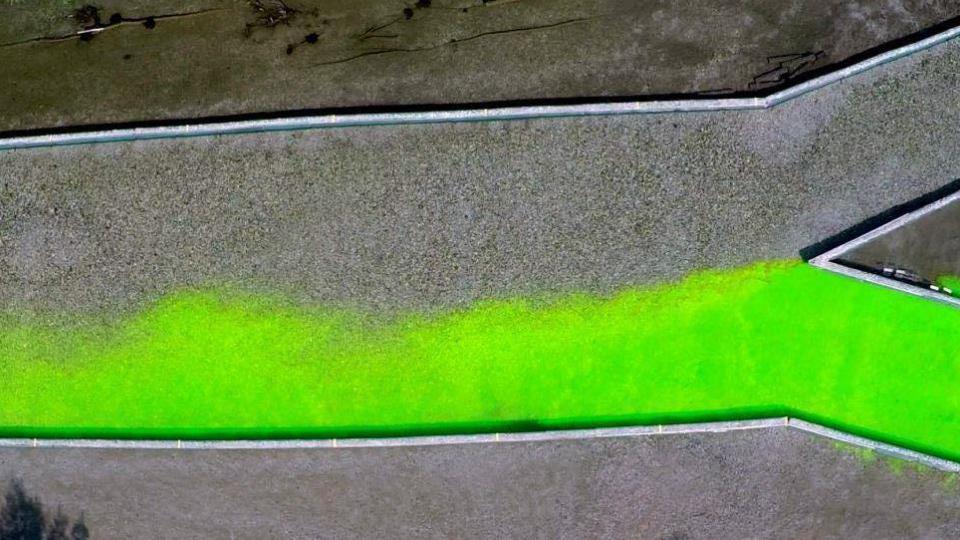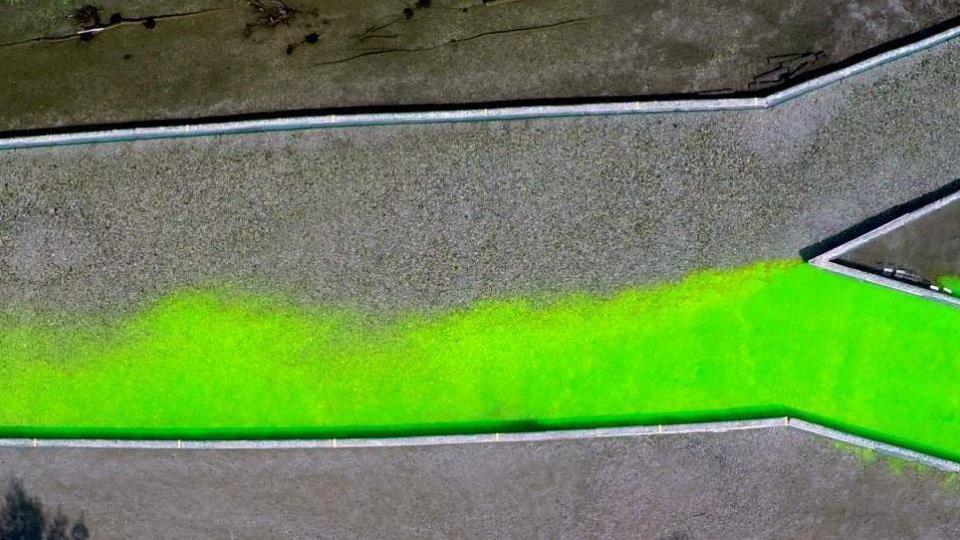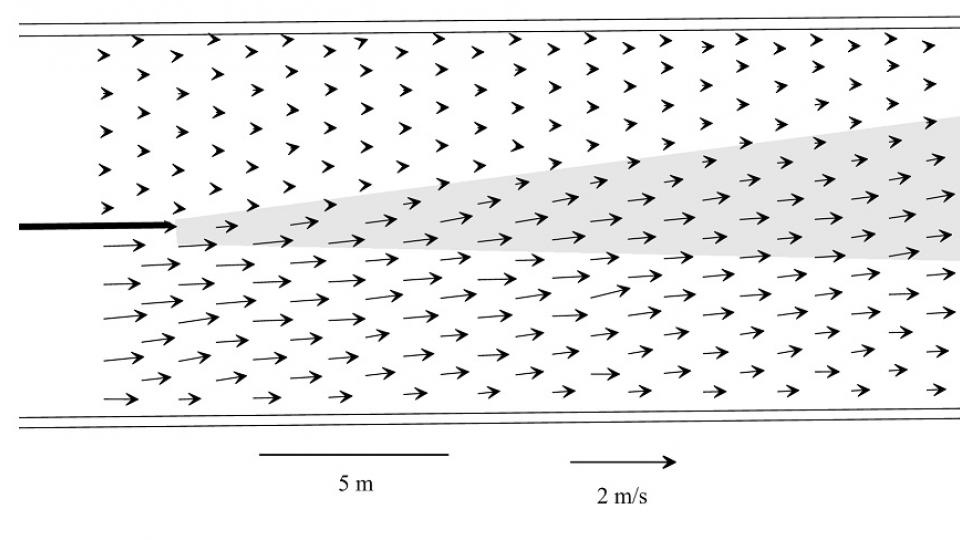Transport and Mixing at River Confluences
Short profile
Duration

A view of the experimental setup on the Tagliamento River. Photo: A. Sukhodolov
Methods: Field measurements, field-based experiments, numerical modeling
Objects: Field measurements on the confluences of the Ledra and Torennte Sorgive die Bars (Italy) and the Oder-Neisse (Germany), field-based experiments on the Tagliamento River (Italy)
Abstract:
River confluences – locations where rivers merge with their tributaries – are common in fluvial systems and represent their most complex hydrodynamic environments. Contrasts in composition, bathymetry, flow structure and temperature make the confluences highly heterogeneous and bio-diverse river environments.The knowledge on the processes within river confluence is important for prediction of the river state downstream the junctions.Although the fluvial dynamics of confluences have been studied extensively, the role that confluences play in mixing of main river and tributaries has not been examined comprehensively and is still incompletely understood.
This research project is aiming at a transformational improvement in knowledge of mixing and transport of substances at and immediately downstream of river confluences and it will provide fundamental theory-based insight into the factors that control mixing processes.
Array of acoustic doppler velocimeters at the cross-section of the model. Photo: A. Sukhodolov

Visualization of the mixing processes. Photo: A. Sukhodolov

Visualization of the mixing processes. Photo: A. Sukhodolov

The results of measurements: flow velocity field and a mixing layer. Photo: A. Sukhodolov
DFG: Kennzeichen SU 405/7-1


